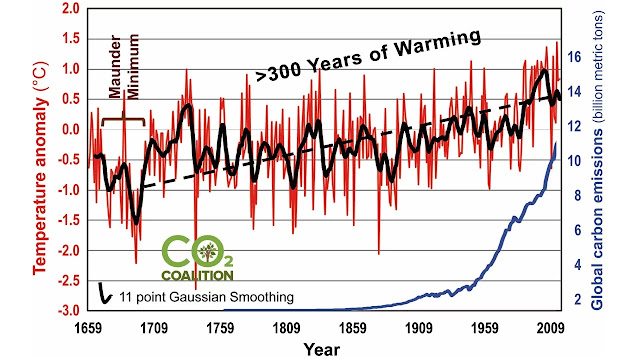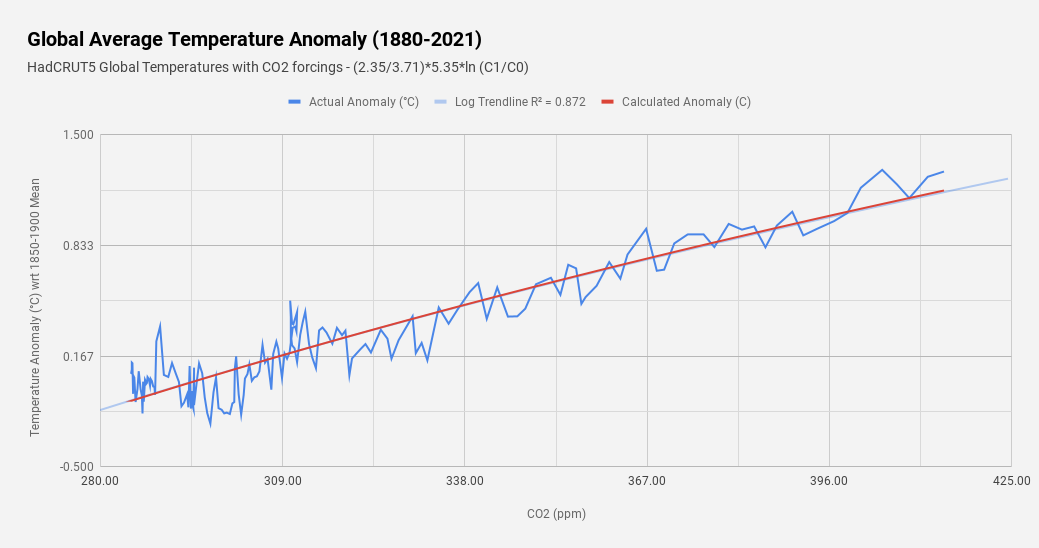New GloSAT Dataset and the IPCC's +1.5°C Target
%20(3).png)
One of the main reasons why most of our GMST datasets go back only to 1850 is that we don't have enough SST measurements prior to 1850 to calculate GMST anomalies with a confidence interval small enough to be useful. However, ships did record surface air temperatures at least back into the 1780s. Recently the Global Surface Air Temperature project ( GloSAT ) digitized records of marine air temperatures taken on ships to form the GloSAT dataset, which contains near surface air temperatures back to 1781. Ed Hawkins, who worked on the project, has a good post describing the results of the project. The GloSAT database only goes to 2021, so I have included HadCRUT5 so that you can see the close agreement between the two. I find it interesting that the GloSAT dataset captures a little more variability in GMAT in the late 19th century, though trends are not that different between the two. The 95% confidence intervals for annual means are less than 0.3°C for most of the 18th century, exce...

.png)
.png)
